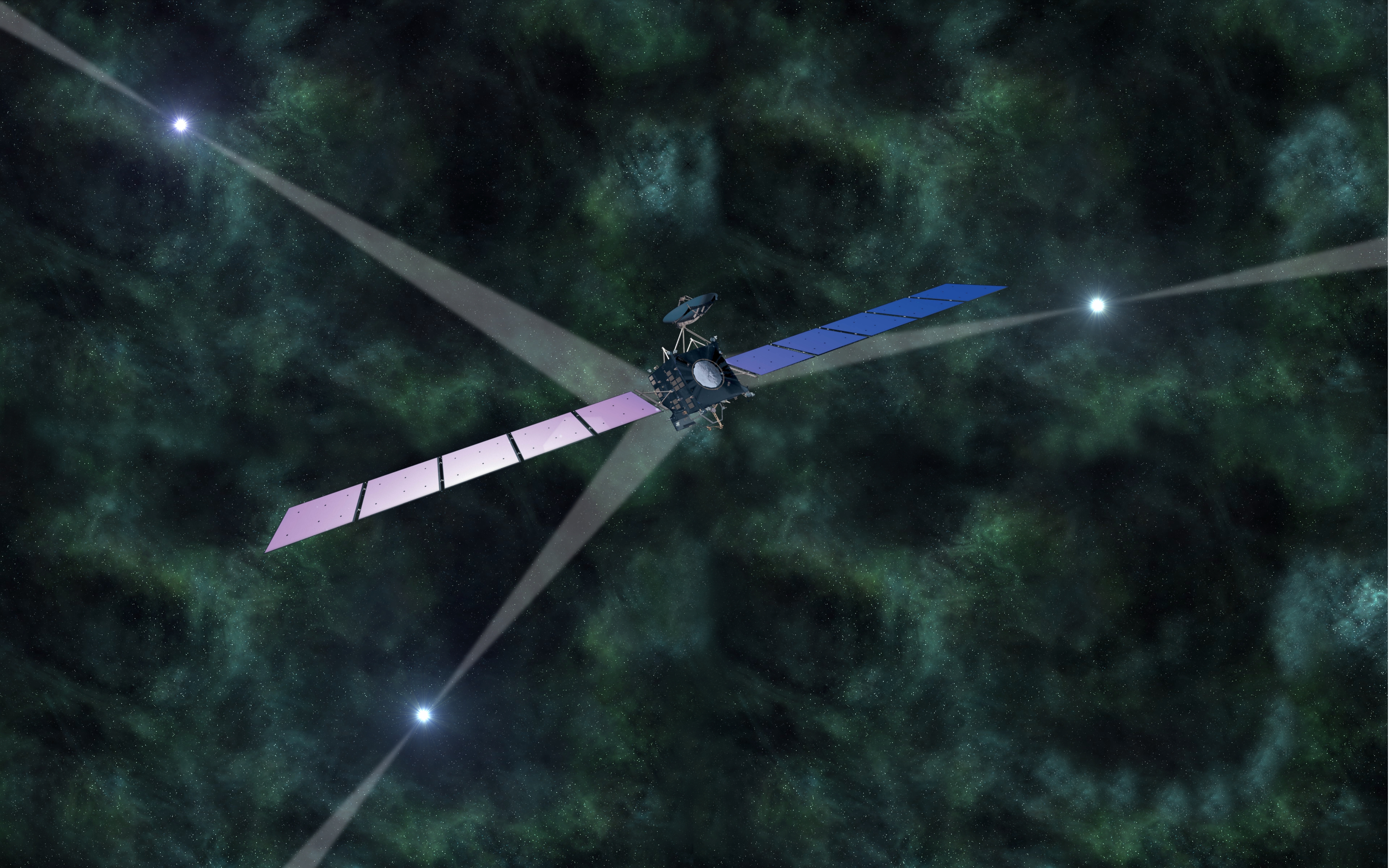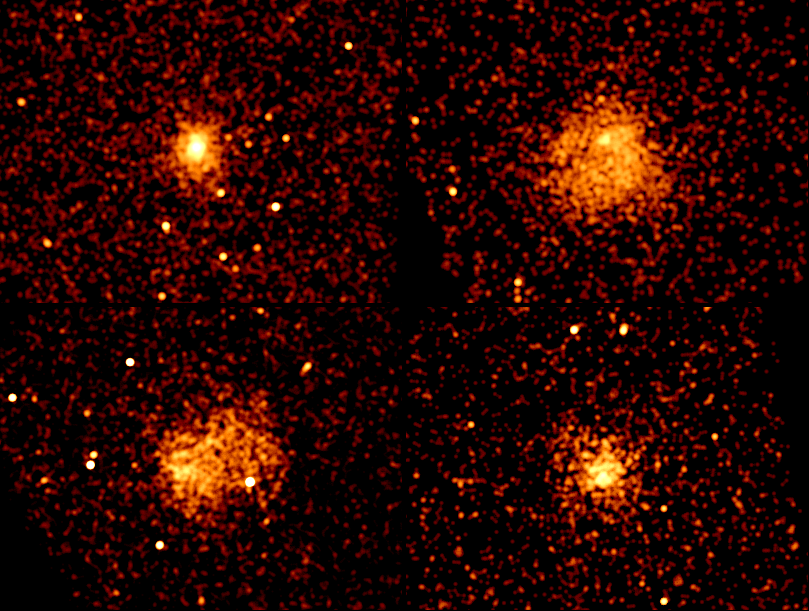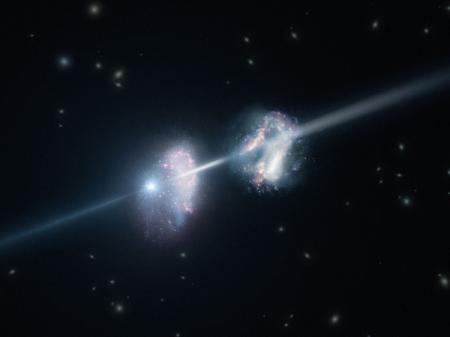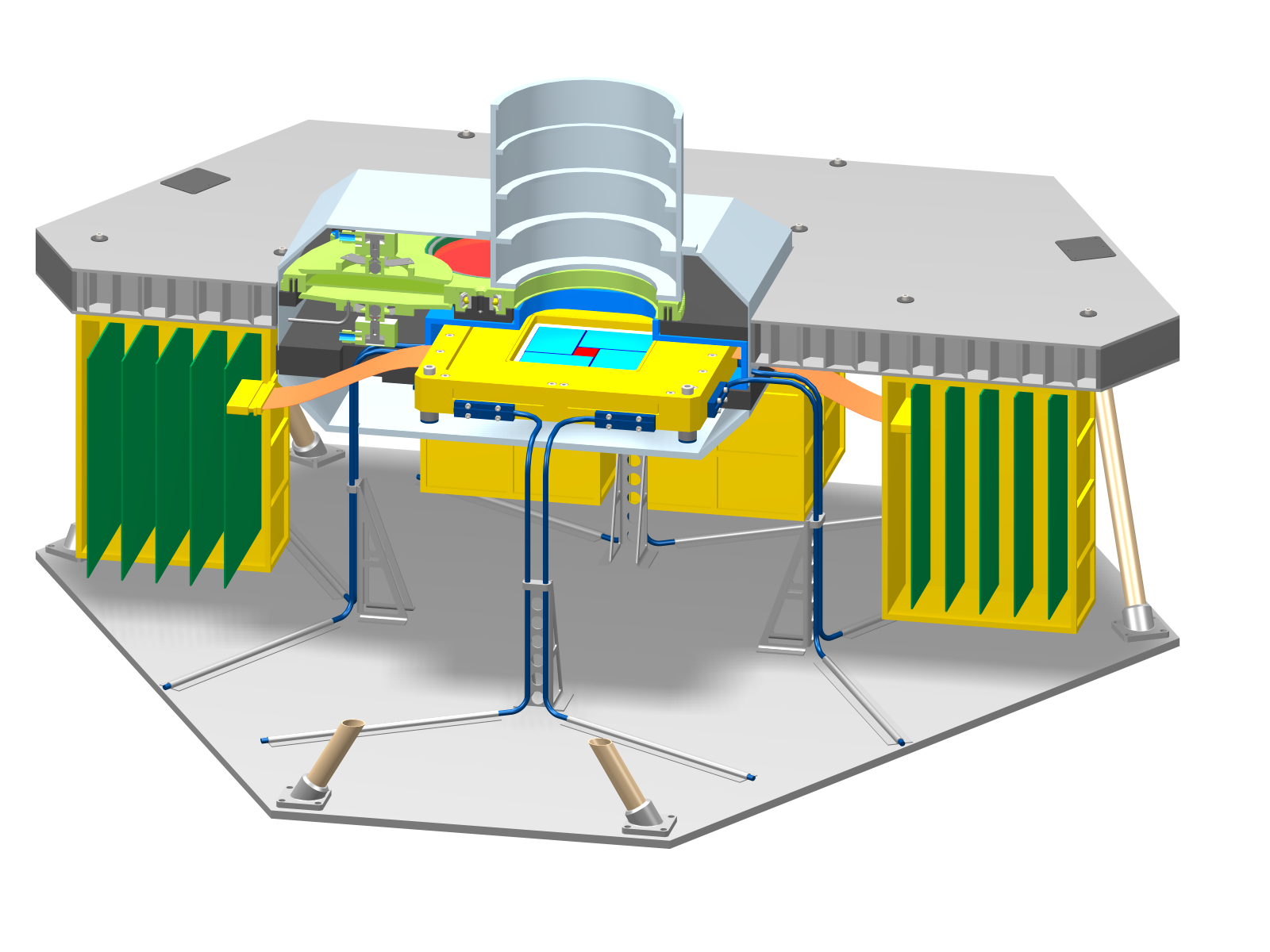
The proposed project will exploit current and future wide-area X-ray surveys (XMM-Slew, ROSAT, XMM-XXL, eROSITA) to study the physics of Active Galactic Nuclei (AGN) feedback in different accretion modes. Comparing AGN (and their host galaxies) within different levels of activity (accretion rates ranges), we will search for signatures of different physical states (in terms of radiative efficiency, triggering mechanisms, ability of launching relativistic jets) among supermassive black holes in analogy with their stellar mass counterparts. The ongoing optical spectroscopic follow-up of X-ray selected black holes with the SDSS-IV/SPIDERS survey will deliver physical information (emission line characteristics, virial black hole masses, etc) for an unprecedentedly large fraction of these AGN, spanning a wide range of redshift, luminosity and accretion rate. Based on these datasets, most of which already in house, the proposed thesis will be focused on the following two topical questions: What is the relationship between the observed decline of the fraction of obscured AGN at high luminosity and the radiative feedback expected from quasar winds? This will be addressed by comparing optical spectroscopic signatures of outflows in SPIDERS data with the statistics of AGN obscuration and torus covering fraction derived from X-ray and NIR surveys (e.g. ROSAT, XMM and WISE) To what extent, beyond the simple Fundamental Plane scaling, do lower-luminosity AGN display analogous behaviour as stellar mass black holes (i.e. state changes, hysteresis, etc.). This will be tackled by studying the radio properties of large number of nearby X-ray selected AGN in SPIDERS and SDSS. Supervisors: A. Merloni, A. Georgakakis, K. Nandra, M. Salvato




